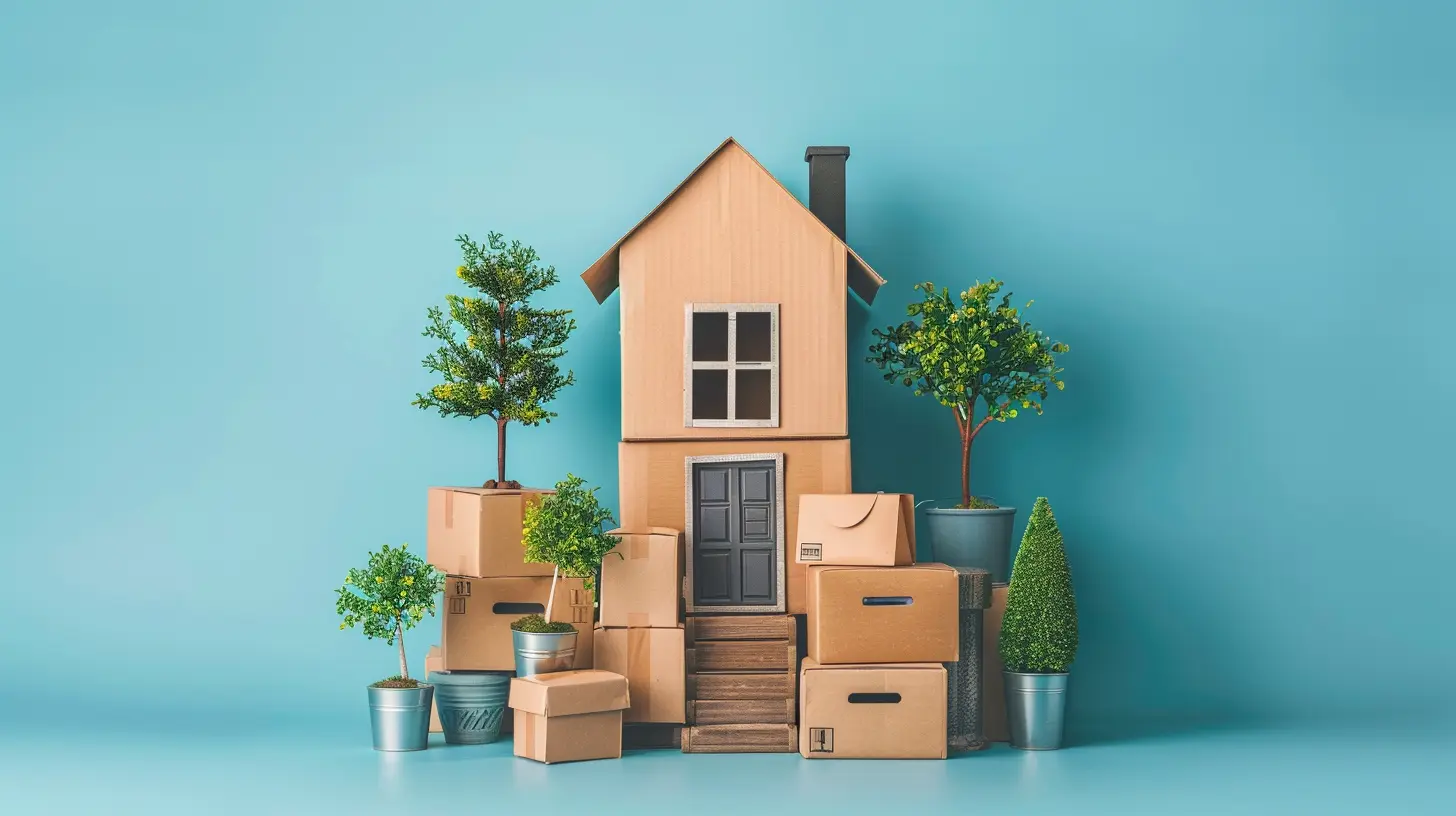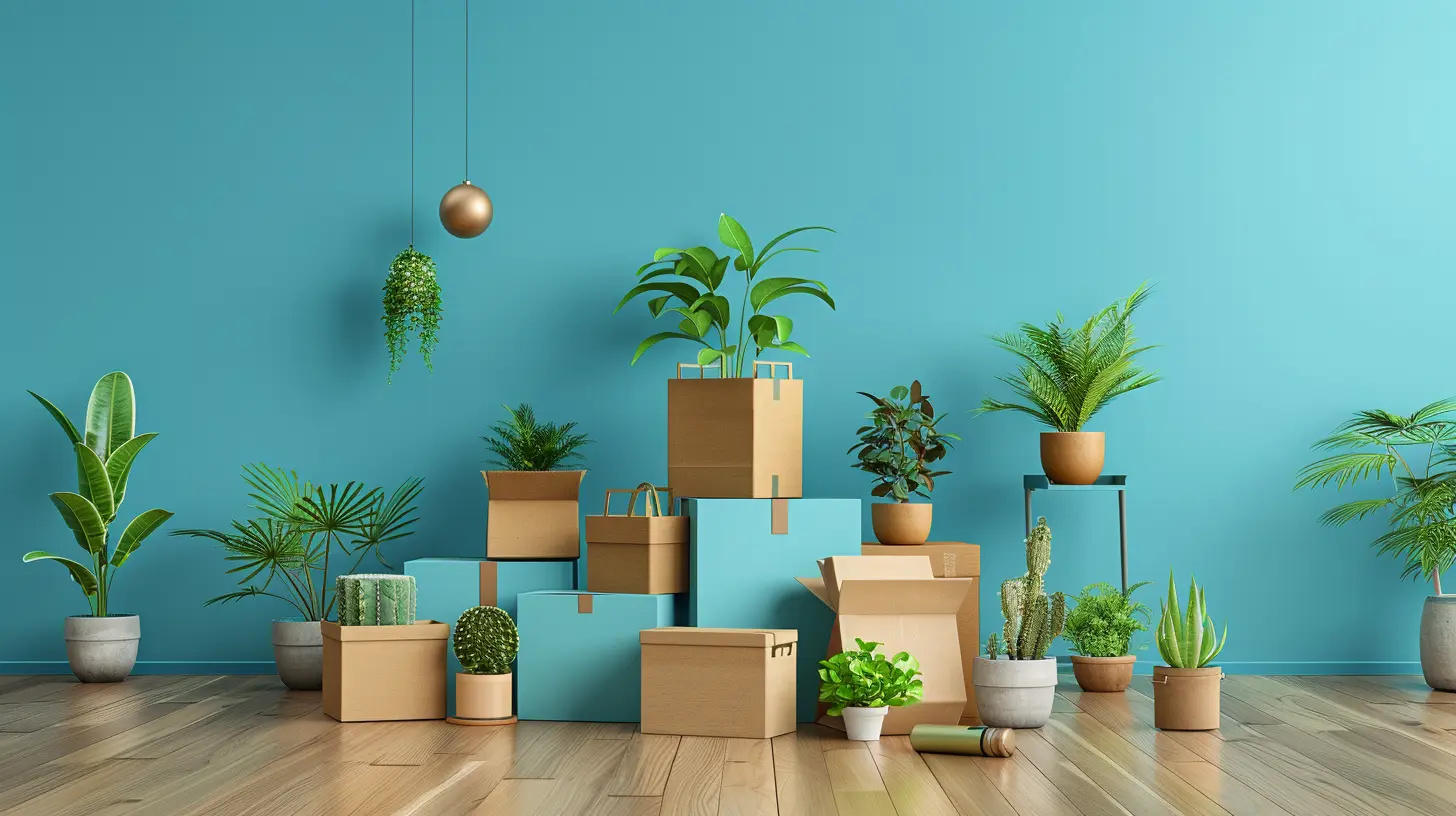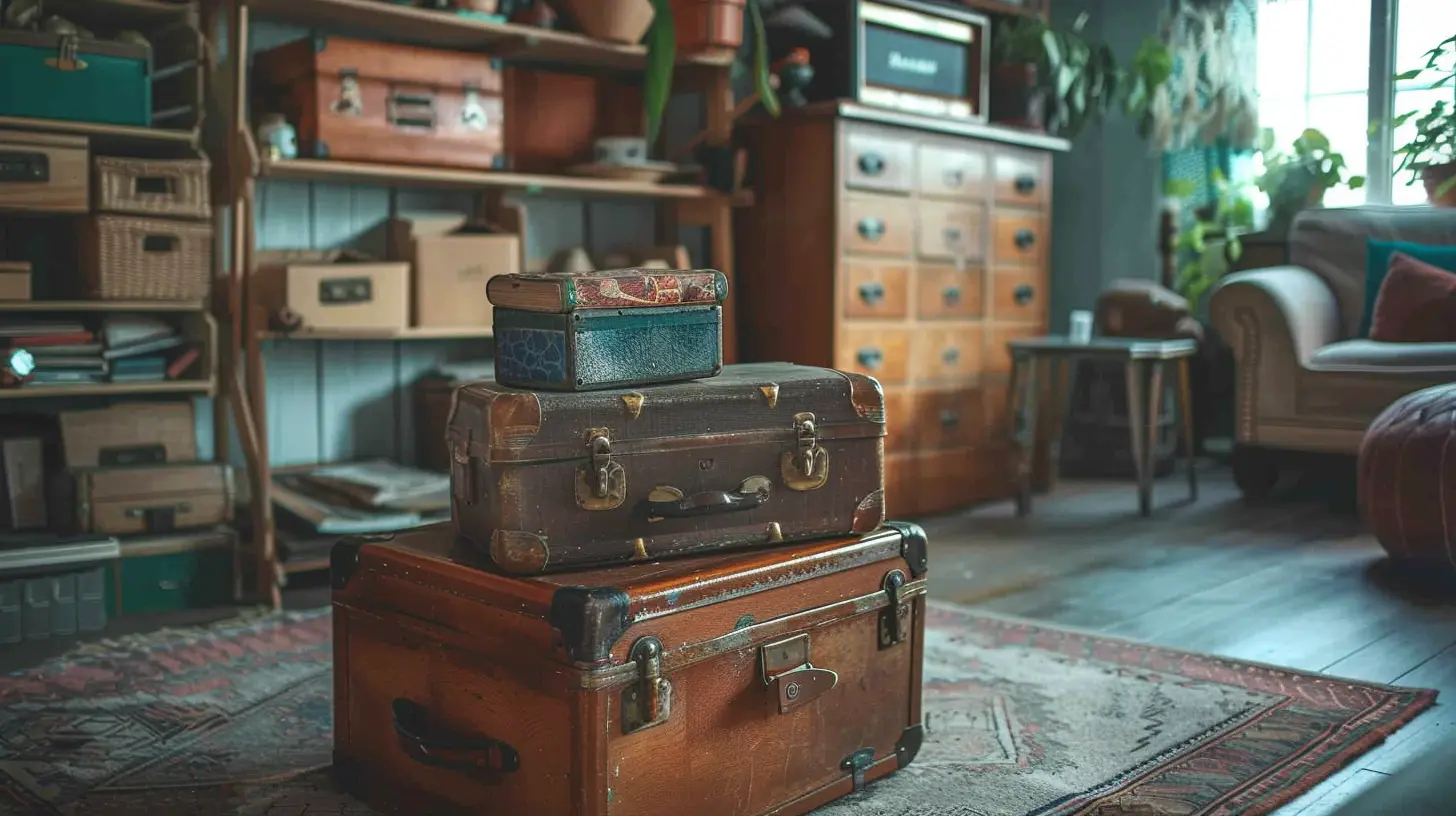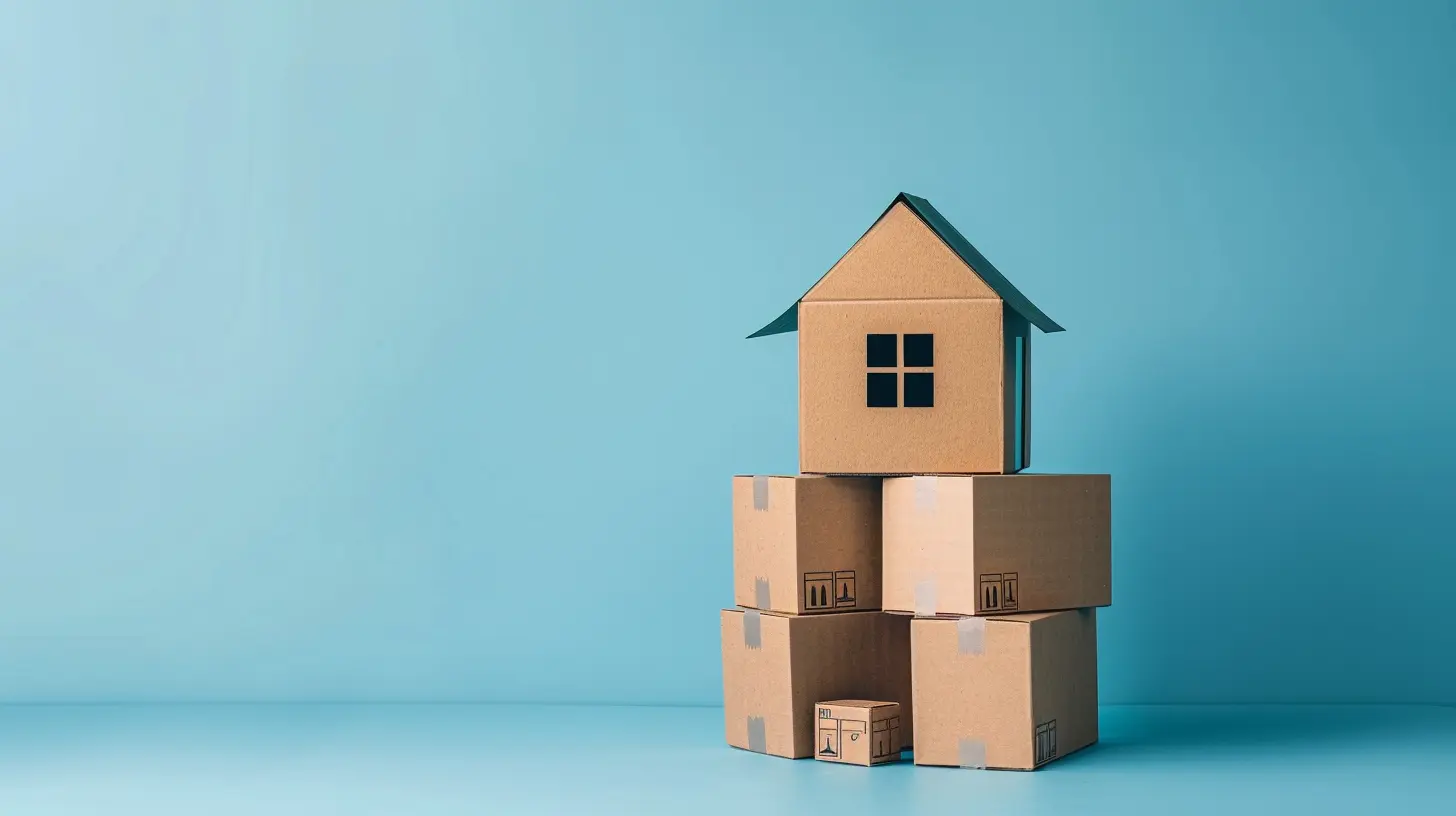How to Choose What to Keep When Moving to a Smaller Home
20 May 2025
So, you've decided to downsize your home—congratulations! Whether you're moving to a charming little bungalow, a sleek modern condo, or even closer to the beach (lucky you!), moving to a smaller space is a fresh start. But let’s be honest: it comes with its own set of challenges.
The biggest one? Figuring out what to keep and what to part ways with. It’s like running the emotional equivalent of a yard sale. You’re looking at that toaster oven you bought in college and thinking, “Do I really need this?” Don’t worry—we’re here to help you navigate the tricky terrain of downsizing your stuff without breaking a sweat (or your heart). Let’s dive in!
Why Downsizing is Actually a Good Thing
First off, let’s flip the script—downsizing isn’t about sacrifice. It’s about prioritizing what truly matters. Think of it like Marie Kondo meets “new chapter vibes.” Moving to a smaller home is your chance to declutter, simplify, and create a space that feels more intentional. Smaller spaces can feel cozy (not cramped!) when filled with only the things you love or need.Plus, less stuff = less stress. Who wouldn’t want that?
Step 1: Take Inventory (Yes, All of It)
The first step to deciding what to keep is knowing what you own. This means taking inventory of every single thing you have. Yep, even those random extension cords in the junk drawer. Grab some boxes, sticky notes, or even just your phone’s note app. Create three categories:1. Keep
2. Donate/Sell
3. Trash/Recycling
Be brutally honest with yourself. If you can’t even remember owning an item, chances are you don’t need it. (Looking at you, waffle iron collecting dust in the corner of the kitchen cabinet.) 
Step 2: Use the “One-Year Rule”
Ah, the good ol’ “one-year rule.” Sure, it’s a bit cliché, but it works like a charm. Here’s how it goes: If you haven’t used or worn something in the past year, it’s time to say goodbye.That sweater you swore you’d wear last winter but forgot about? Donate it. The piles of unread magazines stacked under your coffee table? Recycle them. If it hasn’t added any value to your life in 12 months, chances are it won’t in your new space either.
Step 3: Give Sentimental Items a Reality Check
Let’s talk about the tough stuff—sentimental items. This is where downsizing can get tricky because, let’s face it, every little thing seems to tell a story. But here’s the truth: you don't need to keep everything to preserve the memories tied to it.Look at each item and ask yourself a few questions:
- Does this truly bring me joy, or am I keeping it out of guilt?
- Could I honor the memory in another way, like taking a photo of it or creating a scrapbook?
For example, your kids’ old artwork isn’t doing much good in a dusty box. Pick your favorites, frame them, or create a digital photo album. The key here is to keep the memory alive, not the clutter.
Step 4: Prioritize Functional Furniture
Moving to a smaller home means reevaluating your favorite furniture. That massive sectional sofa? Not a great fit for your new living room. The over-the-top dining room table? Might be time to let it go.Instead, focus on multi-functional pieces that maximize your new space. Think pull-out couches, ottomans with hidden storage, or foldable dining tables. Look for items that do double duty—they’ll make your space feel bigger without sacrificing functionality.
And hey, saying goodbye to that bulky armchair might sting a little, but remember: your new cozy reading nook will thank you.
Step 5: Test the “Does It Fit?” Rule
Here’s a simple but effective tip: If it doesn’t fit in your new home, it’s gotta go. This applies to everything from furniture to appliances to decor.For instance, if your new closet is half the size of your current one, this is your sign to finally Marie-Kondo your wardrobe. Keep the pieces you love and wear often, and donate the rest. Pro tip? Use space-saving hacks like slim hangers and under-bed storage to make the most of your new digs.
Step 6: Digitize Whenever Possible
In today’s digital age, there's no reason to lug around stacks of paper or old photo albums. Consider scanning your documents, photos, and even some of those sentimental cards into your computer or a cloud storage system.This not only saves space but also makes accessing your memories way easier. Think of it this way: Would you rather store 5 bulky photo albums or have thousands of pictures saved on one USB drive? Let technology lighten your load.
Step 7: Be Ruthless in the Kitchen
Kitchens are notorious for housing unnecessary clutter. Seriously, do you need three cheese graters? No judgment, but probably not.When downsizing, stick to the essentials: a good knife set, a few pans, versatile utensils, and the appliances you use regularly (e.g., coffee maker, toaster). Everything else? Thank it for its service and send it on its way!
Quick tip: If your new place doesn’t come with much storage, consider wall-mounted racks or magnetic strips for things like pots, pans, or knives.
Step 8: Adopt a “One-In, One-Out” Mentality
Once you’ve downsized, it’s easy to start accumulating stuff again (we’ve all been there). To prevent this, adopt a simple rule: For every new item you bring into your home, get rid of one you no longer need.Bought a new sweater? Donate an old one. Got a shiny new blender? Say goodbye to that old, dusty hand mixer. This small habit will help you maintain your clutter-free space over the long term.
Step 9: Host a Goodbye Party for Your Stuff
Okay, this might sound a little silly, but hear me out—why not make letting go fun? Invite a few friends over, pour some wine, and have a "goodbye party" for the stuff you don’t need. You could even turn it into a swap party, where friends take home items they love that you no longer need.Not only will this make the process more enjoyable, but it also ensures you’re giving your stuff a second life with someone who appreciates it.
Step 10: Embrace the Freedom
Finally, remember that downsizing isn’t just about parting with stuff—it’s about gaining freedom. Freedom from clutter, chaos, and unnecessary stress. Moving to a smaller home is your chance to create a thoughtful, intentional space that feels uniquely you.So, every time you hesitate to let something go, focus on what you’re gaining: a simpler, more peaceful life.
Final Thoughts
Downsizing doesn’t have to feel like a chore. Instead, think of it as an opportunity for a fresh start. By following these steps, you’ll be able to decide what to keep and what to let go with ease (and maybe even a smile). Remember, it’s not about what you’re leaving behind—it’s about the exciting new chapter ahead. Cheers to that!all images in this post were generated using AI tools
Category:
DownsizingAuthor:

Lydia Hodge
Discussion
rate this article
3 comments
Jade Hill
Embrace the opportunity to simplify! Focus on essentials that bring joy and memories; you'll create a cozy, meaningful space.
June 11, 2025 at 4:49 AM

Lydia Hodge
Thank you! Simplifying and focusing on what truly matters is key to creating a cozy and meaningful home.
Adam Ramos
Great tips! Prioritizing essential items and sentimental belongings makes downsizing manageable. Donating or selling unneeded items not only simplifies your move but also benefits others in your community.
June 2, 2025 at 3:18 AM

Lydia Hodge
Thank you! I'm glad you found the tips helpful. Prioritizing what to keep truly makes the downsizing process smoother and more rewarding.
Rivera McCaw
Embrace the new space; prioritize what truly brings you joy and purpose!
May 25, 2025 at 12:40 PM

Lydia Hodge
Absolutely! Focusing on what brings joy and purpose will make your new space feel like home.



